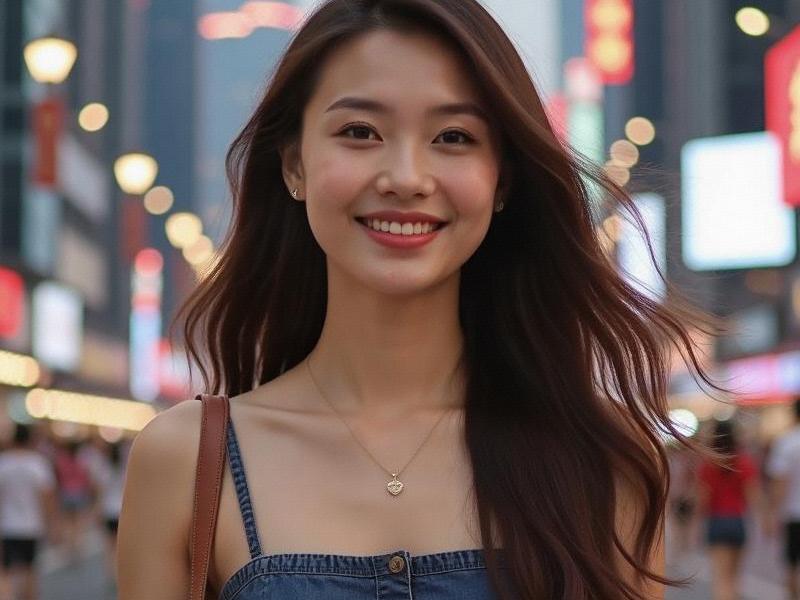"The Shanghai Formula: How China's Most Dynamic Women Balance Beauty, Career and Cultural Identity"
⏱ 2025-06-17 00:44 🔖 上海神女网
📢0℃

Section 1: The Shanghai Woman Archetype
Historical Context:
- 1920s: The original Shanghai Modern Girl (摩登女郎)
- 1950s-70s: Revolutionary equality and utilitarian fashion
- 1980s: Western influences and material aspirations
- 1990s: Luxury brand obsession
- 2000s: The rise of the "Steel Rose" professional
- Present: The "Confident Pragmatist" generation
Section 2: 2025 Statistical Profile
Demographic Snapshot:
新上海龙凤419会所 - 97% university educated (vs 60% national average)
- 45% in senior management (global average: 31%)
- Average marriage age: 31 (national: 27)
- 83% define beauty as "competence with elegance"
- Monthly expenditure priorities:
1. Career development (¥3,800)
2. Intelligent beauty tech (¥3,200)
3. Wellness experiences (¥2,500)
Section 3: Industry Disruptions
Beauty Market Revolution:
上海龙凤419自荐 1. AI-TCM hybrid skincare clinics
2. Eco-conscious luxury fashion startups
3. Local beauty brands dominating market share
4. Male grooming sector growth (55% YoY)
5. "Natural enhancement" cosmetic procedures
Section 4: Cultural Navigation
Modern Challenges:
- Redefining traditional roles in professional settings
- Leadership in finance and tech sectors
- Global feminism with Chinese characteristics
上海龙凤419 - Financial independence as status symbol
- Balancing heritage with modernity
Statistical Appendix
- 52% of Shanghai startups female-founded
- Women hold 46% of executive positions
- 95% beauty purchases via smart retail
- 85% maintain traditional wellness practices
- 70% fluent in English
The article concludes with expert analysis on how Shanghai's unique feminine ideal may influence global perceptions of Asian women by 2030, featuring interviews with leading sociologists, entrepreneurs and cultural commentators.
《梧桐深处:解码上海的城市文化基因》弄堂里的上海心跳:从石库门到城市更新的千年烟火密码Shanghai's Beauty Revolution: How Local Women Are Redefining Chinese AestheticsShanghai After Dark: The Metamorphosis of China's Premier Entertainment DestinationShanghai Women: The Epitome of Modern Chinese FemininityThe Shanghai Modern: How China's Cosmopolitan Women Are Rewriting the Rules石库门密码:解码上海市民精神进化史Exploring Shanghai's Entertainment Venues: A Guide to the City's Vibrant Nightlife and Cultural SceneSilicon Bund: How Shanghai Became the Neural Network of AsiaThe Velvet Revolution: How Shanghai's Nightlife Industry Went Upscale

